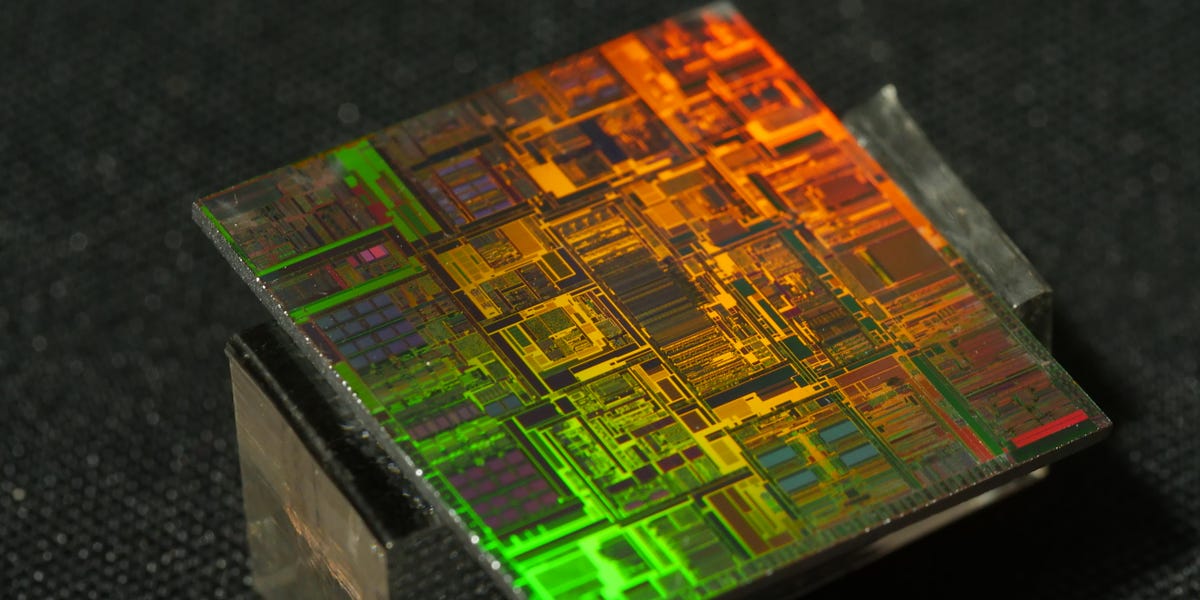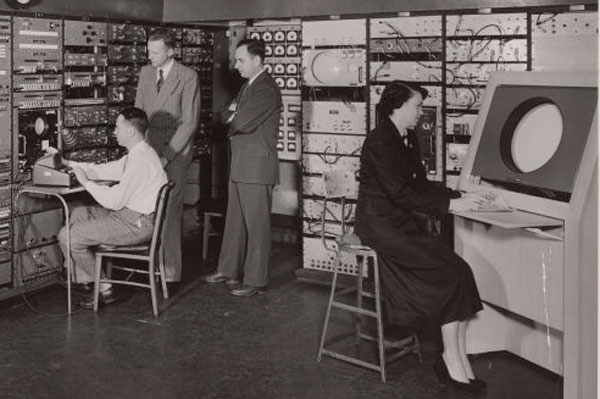Today is the 50th anniversary of the release of what many consider the first commercially successful personal computer, the Altair 8800. h/t @Silicon Underground (Dave F) #history #ComputerHistory #RetroComputing #Altair
Altair 8800 kits went on sale December 19, 1974
2 Likes
1 Shares










